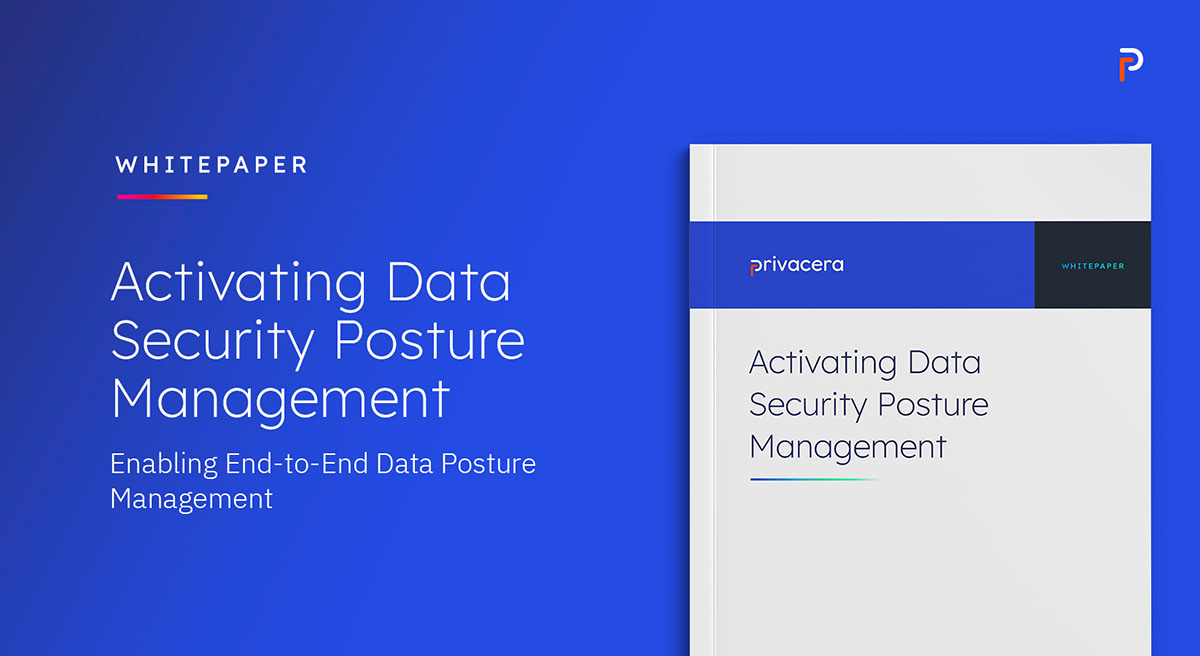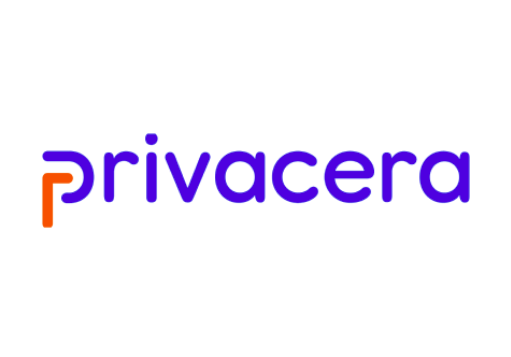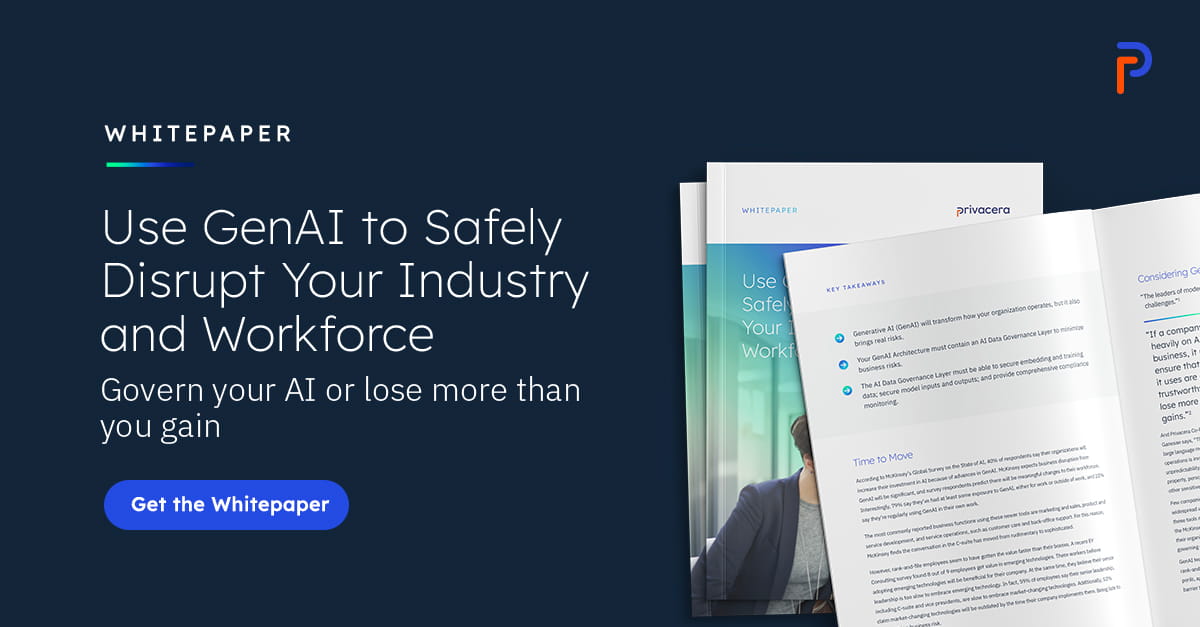
Skillfully Regulating GenAI
Regulating generative AI (GenAI) is unavoidable, regardless of whether it’s implemented by the tech companies themselves or by government legislation. Done right, however, regulation can help society reap the benefits of AI while safeguarding data, privacy, and ethical concerns. To strike the right balance between innovation and mitigating risks, regulation needs to be adaptable to the rapidly evolving capabilities and potential vulnerabilities.
The Need for Generative AI Regulation
While AI has been around and regulations have been in existence, generative AI (GenAI) is introducing new challenges. Traditional AI heavily focuses on structured data and making predictions based on historical learnings. GenAI heavily focuses on learning from unstructured data (in many organizations estimated to be more than 80% of the total data estate) to then create new content and help derive decisions. In essence, GenAI weaponizes the unstructured data resulting in an entirely new regulatory and compliance domain.
Regulating GenAI needs to foster digital trust, ensuring that AI innovations benefit users without compromising ethical standards or security. Effective GenAI regulation should center around forcing the creation of robust policies that protect privacy, enforce responsible handling of personal data, and create guardrails for fairness. Without these controls, AI models can unintentionally replicate or exacerbate biases, infringe on copyrights, and lead to issues with liability.
For example, consider the use of GenAI in recruitment processes and tools. A company may use an AI-powered hiring tool that unintentionally discriminates against female candidates because it was trained on historical data favoring male hires. Without regulatory controls to enforce unbiased data and oversight mechanisms, this scenario could lead to discrimination and significant legal repercussions for the organization.
Corporate policies shaped by AI regulation should address emerging concerns, such as discrimination in decision-making and safeguarding intellectual property. Implementing regulations is vital for managing the unique risks GenAI presents, helping organizations build confidence among stakeholders and the broader public. In a landscape where trust is paramount, well-crafted GenAI regulation can enable sustainable, responsible innovation.
Regulatory and Compliance Challenges in Generative AI Governance
Key regulatory and compliance concerns in generative AI governance center on ensuring that AI is developed and deployed responsibly, with robust safeguards against misuse or unintended consequences. Understanding the resultant risks is essential for organizations looking to harness the technology’s potential responsibly.
A primary area of concern is data privacy, as generative AI models often require vast amounts of customer data, some of which may be sensitive. Ensuring that AI systems handle personal data in compliance with privacy regulations—such as GDPR or CCPA—is paramount. For example, in 2016, Google’s DeepMind faced scrutiny for accessing 1.6 million British patients’ personal health data without explicit consent, highlighting the importance of proper consent when using personal data in AI training.
Another challenge is preventing copyright violations, where AI systems might inadvertently reproduce protected content. In one case, Stability AI’s generative AI art tool was found to replicate parts of copyrighted artwork without permission, sparking debates around the need for stricter copyright guidelines.
Concerns around discrimination and bias are also critical, as AI models trained on biased data can produce discriminatory outcomes. Addressing these risks requires transparency in model design and regular audits. For example, Amazon’s AI recruitment tool was scrapped after it was discovered that it systematically discriminated against women due to biased historical data.
Frameworks for Regulating Generative AI Governance
A robust framework for guiding both regulators and regulated entities must establish clear, actionable requirements for the protection and management of critical information. This guidance should center around requirements, use cases, user experience, and data model metadata. Its purpose should be to ensure comprehensive understanding of what information must be managed or protected and provide transparency for system creators and owners about the types of information that will be used, collected, protected, retained, or processed.
For instance, the UK’s Information Commissioner’s Office (ICO) provides guidelines for data protection and transparency in AI systems. Additionally, standards such as the MITRE ATLAS framework, OWASP’s Top 10 for AI vulnerabilities, and the upcoming NIST AI-600-1 guidelines are also crucial in shaping best practices for AI governance, ensuring a structured approach to identifying and mitigating risks.
The framework must ensure that the processing of information is authorized, fair, and legitimate, with clearly defined policies and controls governing these practices. Specific requirements can be developed to shape the implementation of procedures, policies, generative AI control mechanisms, awareness training programs, and quality assurance feedback processes. By doing so, the framework will foster a culture of compliance and accountability, while promoting a structure for ongoing improvement.
Methods for Ensuring Responsible Development of GenAI
To ensure responsible development and deployment of generative AI, a combination of best practices, tools, and methodologies must be used to minimize risks and maximize positive outcomes. These methods are aimed at ensuring AI is developed ethically, transparently, and lawfully.
Key practices include:
- Algorithmic Audits and Bias Detection: Regular audits of AI algorithms can identify and mitigate unintended discrimination or biases in AI models. For example, AI models used for loan approvals must be audited to ensure they are not unfairly discriminating against certain demographics.
- Transparency and Explainability: Requiring transparency and explainability in AI systems helps ensure that their decisions can be understood and scrutinized. Explainable AI techniques are essential for building trust, especially in sensitive use cases like healthcare and finance.
- Data Privacy Compliance: Adhering to data privacy regulations such as GDPR and CCPA is crucial for ensuring that personal data used in AI models is handled responsibly. For example, OpenAI has made efforts to comply with GDPR by allowing users in Europe to request data deletion and providing transparency about data usage.
- Controlled Testing Environments (AI Sandboxes): AI sandboxes allow organizations to test AI models in a controlled environment before they are deployed at scale. This enables evaluation of potential risks and ensures that the AI behaves as expected without causing unintended consequences.
- Risk Assessments and Certification: Conducting risk assessments helps organizations identify potential vulnerabilities in AI systems. Certification frameworks provide a structured approach to align AI systems with ethical and regulatory standards. For example, the NIST AI Risk Management Framework (NIST AI 600-1) provides guidelines for organizations to effectively manage AI risks.
- Whistleblower Mechanisms: Encouraging internal reporting of ethical or compliance issues helps organizations identify potential problems early. This can be particularly valuable for ensuring accountability and maintaining ethical standards throughout the AI lifecycle.
By employing these methods, organizations can create a robust environment that encourages responsible AI development, fosters compliance, and minimizes risks. These practices collectively provide oversight and accountability across the AI lifecycle, ensuring that generative AI is used ethically and responsibly.
Best Practices for Implementing Regulatory Controls in Generative AI Governance
A central best practice in AI governance is establishing policy documentation, which serves as a foundational guide for the organization on building, using, and governing AI applications. This policy should clearly outline who is authorized to use GenAI, permissible and restricted use cases, security and privacy protocols, ethical considerations, and approval workflows.
Ensuring that teams understand the benefits and necessity of these regulatory controls fosters collaboration and reduces friction in adhering to these standards. Given the rapid evolution of AI technologies, GenAI policies must be adaptable. When tools like ChatGPT first launched, many organizations responded by restricting access on corporate networks. Now, GenAI tools and co-pilots are embedded across platforms like Microsoft 365 and Salesforce, often without built-in safeguards to prevent misuse. This dynamic environment underscores the need for policies that are comprehensive but flexible, with regular reviews to address new risks and use cases.
Privacera’s AI Governance (PAIG) Can Help You Achieve Compliance
Privacera AI Governance (PAIG) is a groundbreaking solution designed to simplify compliance and safeguard data in the world of generative AI. Built upon Privacera’s proven track record in securing hybrid data estates, PAIG empowers organizations to implement critical security measures tailored for GenAI apps. These include scanning and protecting sensitive training data, securing prompts and responses in real-time, enforcing access-based filtering, and providing continuous monitoring and auditing for all GenAI applications.
What sets PAIG apart is its vendor-agnostic approach. Unlike other solutions, PAIG is not tied to any specific large language model (LLM) or vector database. This makes it a highly adaptable and centralized governance solution, perfect for managing complex GenAI environments.
As generative AI applications continue to proliferate, PAIG enables organizations to innovate responsibly. It provides security and privacy teams with the necessary visibility and control to ensure compliance with regulatory standards. To explore the benefits of PAIG request a demo today or download our whitepaper to learn more about how PAIG can streamline your AI governance journey.






